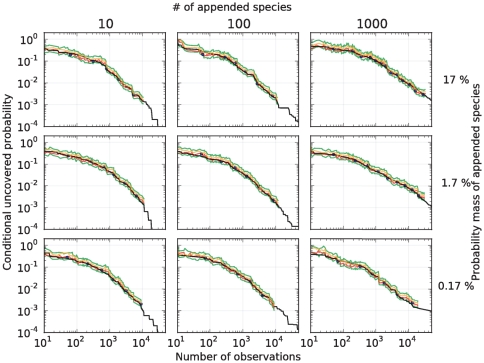Figure 6. Predictions in the human-hand urn when simulating the rare biosphere.
Prediction of the conditional uncovered probability (black) in nine urns associated with a human-hand urn. Point predictions produced by the Embedding algorithm (blue), point predictions produced by the algorithm each time a new species was discovered (red),  upper-bound interval (orange), and
upper-bound interval (orange), and  conservative-upper interval (green). The algorithm used the parameters
conservative-upper interval (green). The algorithm used the parameters  . The different urns were devised as follows. For each
. The different urns were devised as follows. For each  (indexing rows) and
(indexing rows) and  (indexing columns), a mixture of two urns was considered: an urn with the same distribution as the microbes found in a sample from a human-hand and weighted by the factor
(indexing columns), a mixture of two urns was considered: an urn with the same distribution as the microbes found in a sample from a human-hand and weighted by the factor  , and an urn consisting of
, and an urn consisting of  colors (disjoint from the hand urn), with an exponentially decaying rank curve and weighted by the factor
colors (disjoint from the hand urn), with an exponentially decaying rank curve and weighted by the factor  . See Fig. 5 for the rank curve associated with each urn.
. See Fig. 5 for the rank curve associated with each urn.

